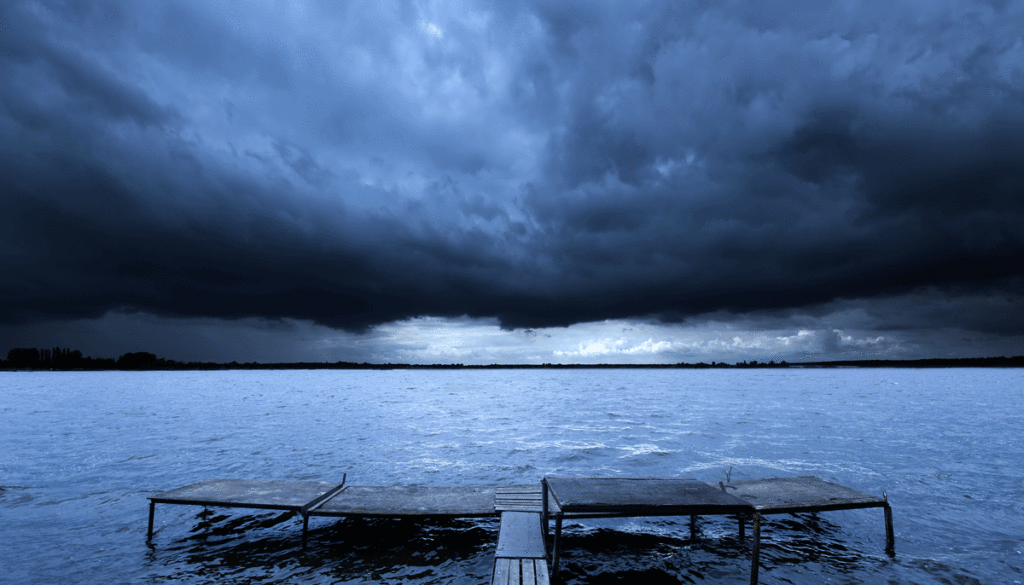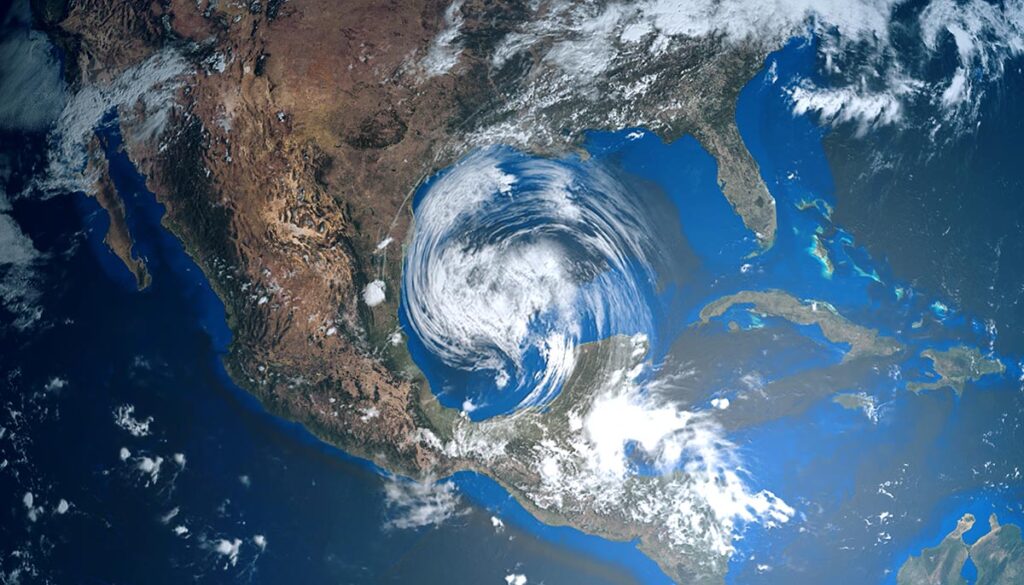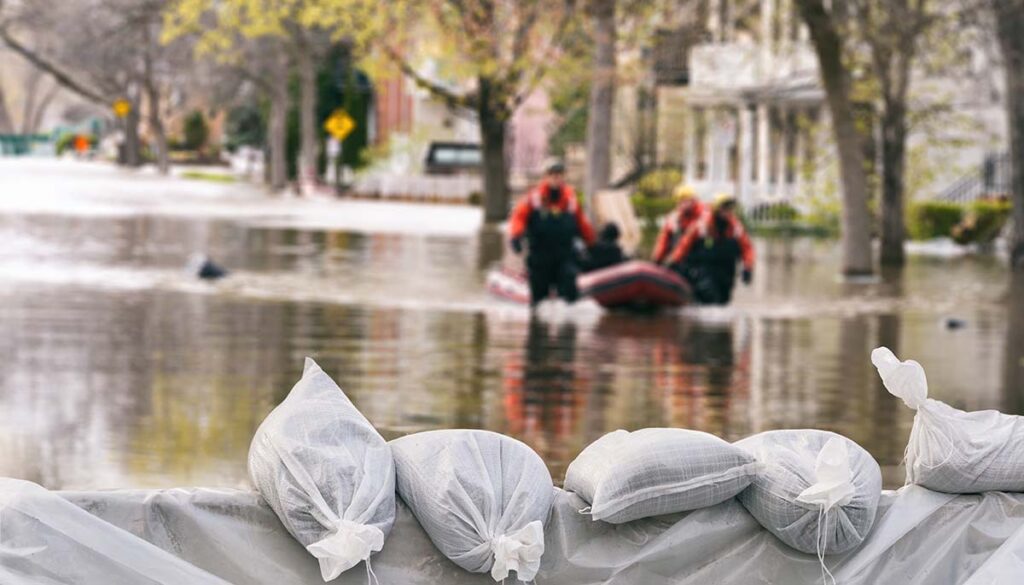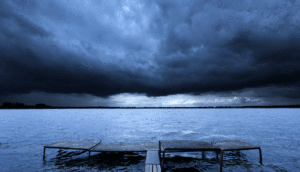People who live in regions prone to tornadoes or hurricanes should consider investing in a storm shelter. Sheltering in a basement or on the ground floor is a solution in a pinch, but a storm shelter can offer life-saving protection in extreme conditions.
What does a good storm shelter need to be safe and effective? Let’s look at a few different types of safe rooms and what each should have to keep your family protected.
Types of Shelters
The type of shelter you need corresponds to the kinds of weather that are likeliest to occur in your region. If you live in an area where tornadoes are common, you should invest in an in-ground safe room. However, if hurricanes and floods are more plentiful where you live, you should consider an above-ground shelter.
Above-ground shelters can be placed within your home and are usually easier to access than their in-ground counterparts. This positioning makes them more accessible for members of your family who have limited mobility.
Common Features
Safe rooms made of durable materials like steel or concrete are ideal. These materials allow them to withstand strong winds and even impact from flying debris. Typically, a storm shelter should have more than one exit to allow egress should one of the doors become blocked.
An in-ground safe room should be either within or near your home. The best place for the entrance is somewhere close to your residence. Some homeowners choose to place the door to their in-ground safe room in their garage. Such a location allows the family to reach the shelter without needing to exit the home.
Likewise, above-ground shelters located within the home offer smoother access to residents. Homeowners typically place these in a closet, basement, or any interior room. In either case, many homeowners prefer to outfit their refuges with locks to prevent intruders from entering and stealing their contents.
Stocking up on Supplies
Safe rooms aren’t helpful unless you stock them with essential storm supplies. Keep enough non-perishable food and water in the shelter to keep your family fed and hydrated for at least three days. Food items like cereal, granola bars, and canned vegetables that don’t require cooking are ideal for this. You should also bring backups of any prescription medications members of your family take.
An adequate storm shelter also possesses flashlights, batteries, and a portable radio. These allow your family to see their surroundings and listen for emergency broadcasts, respectively. Ensure that you’re keeping extra batteries stored in a dry location to prevent corrosion.
The best storm shelters also need to be comfortable. Store a few changes of clothes in the room, along with some cots or sleeping bags. No one wants to sleep on the ground in dirty, wet clothes. Finally, don’t just think about physical comfort: people get bored when they’re stuck indoors for long periods. Keep some board games, a deck of cards, and books in your storm shelter so that your family has something to do while riding out inclement weather!









